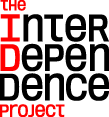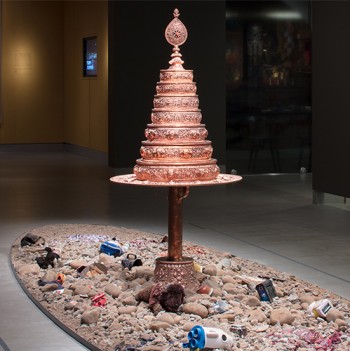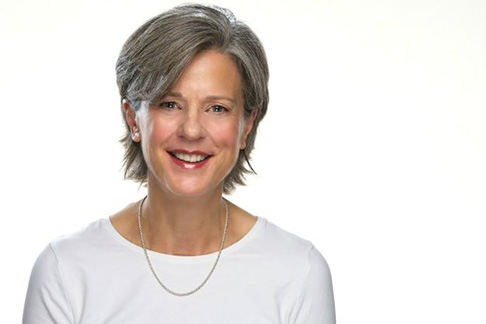
Theme: Hope
About the Mindfulness Meditation Podcast
The Rubin Museum of Art presents a weekly meditation session led by a prominent meditation teacher from the New York area, with each session focusing on a specific work of art. This podcast is recorded in front of a live audience, and includes an opening talk, a 20-minute sitting session, and a closing discussion. The guided meditation begins at 15:04.
If you would like to attend Mindfulness Meditation sessions in person or learn more, please visit our website at RubinMuseum.org/meditation.
This program is supported with thanks to our presenting partners Sharon Salzberg, the Interdependence Project and Parabola Magazine.


Related Artwork

Following the devastating earthquake that struck Nepal on April 25, 2015, Tsherin Sherpa returned to his home city of Kathmandu and created Wish-fulfilling Tree (2016). He worked with local craftsmen to create a seven-layer bronze mandala, an idealized representation of the cosmic universe. Both a memorial to the destruction wrought by the earthquake and a wish for the future, the mandala is surrounded by rubble, debris, and found objects, representing the types of household goods destroyed during the natural disaster and creating a relationship between cosmic aspiration and earthly reality.
The notion of a wish-fulfilling tree is found across Hinduism, Buddhism, and Jainism to satisfy worldly and celestial aspirations. In Sherpa’s installation it references the Nepalese’s practical hope for economic compensation post-earthquake, symbolized in an earlier iteration of this work with signed rupee notes on the mandala. The rubble, debris, and found objects were all sourced from within five blocks of the Rubin Museum, creating a local connection that also speaks to the universality of the work’s intentions.
About the Speaker

Tracy Cochran is editorial director of Parabola, a quarterly magazine that for forty years has drawn on the world’s cultural and wisdom traditions to explore the questions that all humans share. She has been a student of meditation and spiritual practices for decades and teaches mindfulness meditation and mindful writing at New York Insight Meditation Center and throughout the greater New York area. In addition to Parabola, her writing has appeared in The New York Times, Psychology Today, O Magazine, New York Magazine, the Boston Review, and many other publications and anthologies. For more information please visit tracycochran.org.
